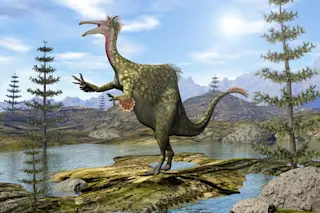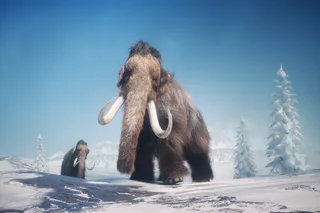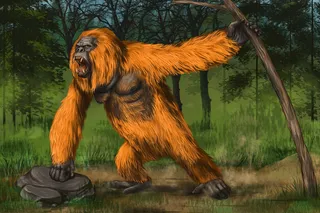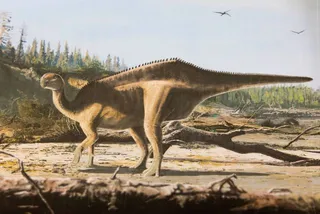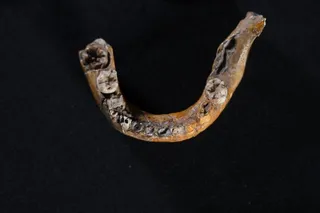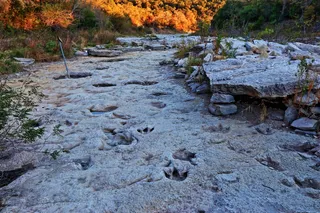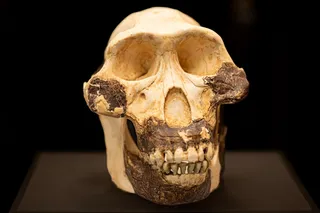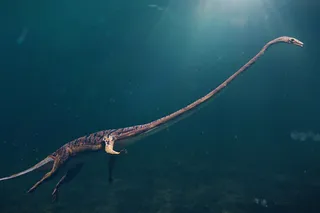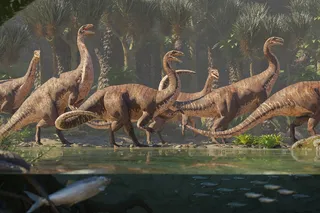Of the 700 or so dinosaur species paleontologists have discovered to date, some are terrifying, some are magnificent and others are downright bizarre. Those in the last category won’t haunt your nightmares like Spinosaurus or lend grandeur to a Jurassic Park scene like Brachiosaurus; mostly, they’ll just leave you wondering what Mother Nature was smoking in the Mesozoic Era (and where you can get some).
Here are a few of the preeminent weirdos:
When it comes to stunted limbs, T. rex gets all the attention. But the Mononykus, which looks a bit like an unadorned peacock, does the tyrant lizard one better: In place of each arm, it sported a single 3-inch claw.
The purpose of these diminutive hooks remains a mystery. Though they don’t seem well-suited for catching prey or digging burrows, some experts have proposed that Mononykus used them to extract insects from their nests, much like modern ...



